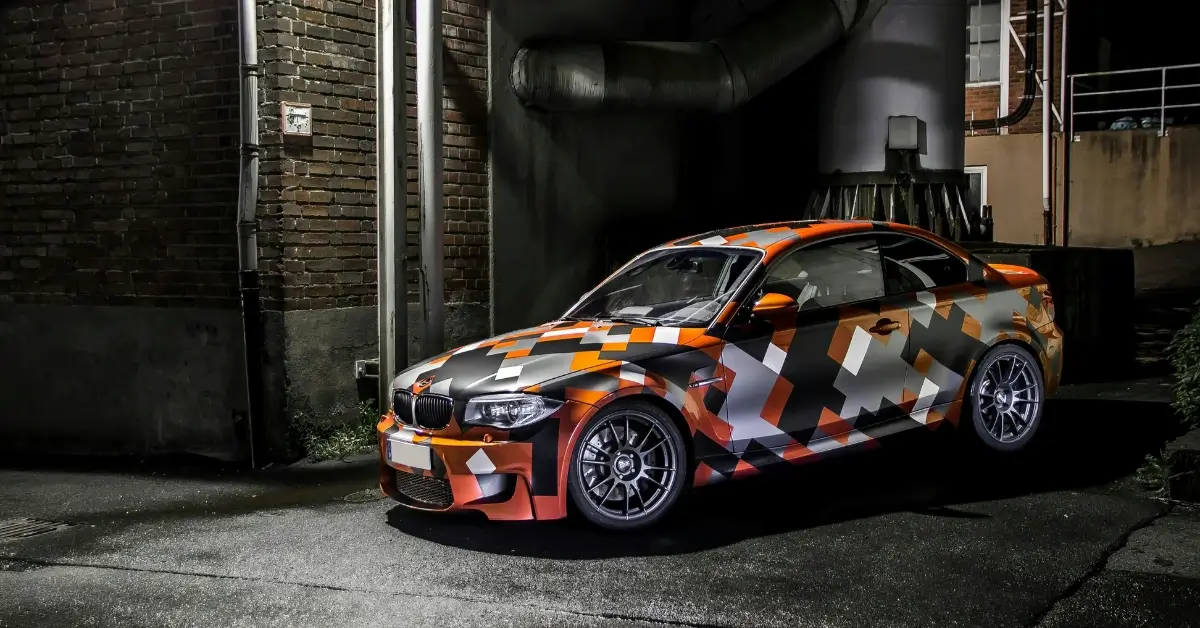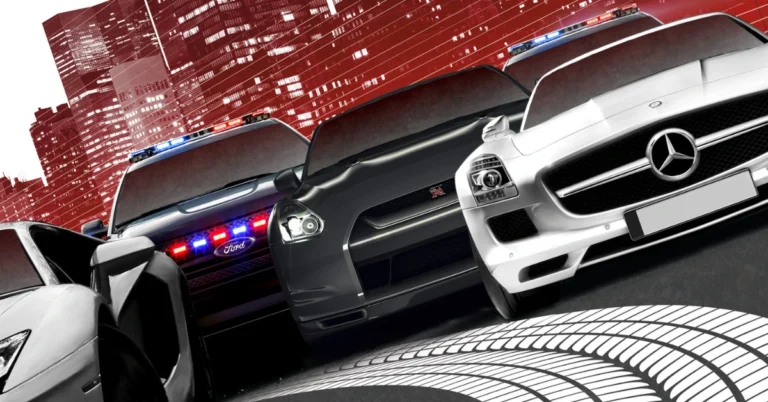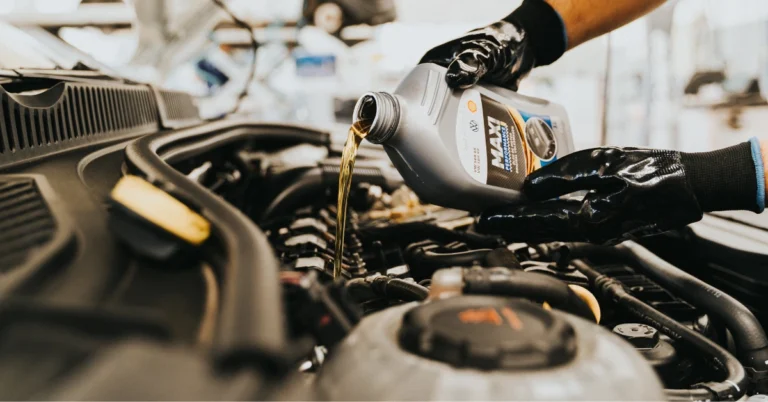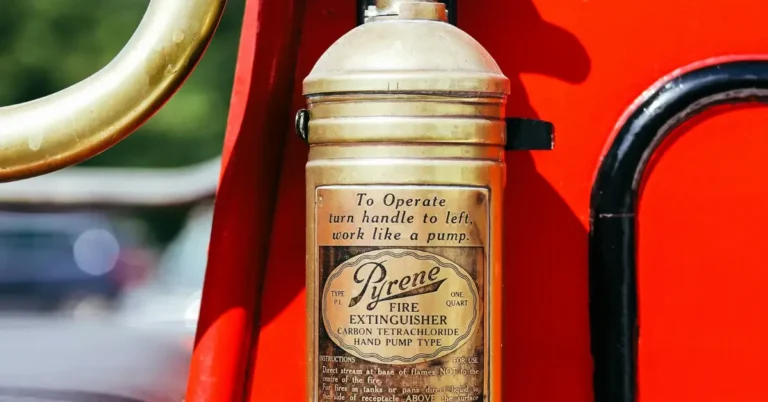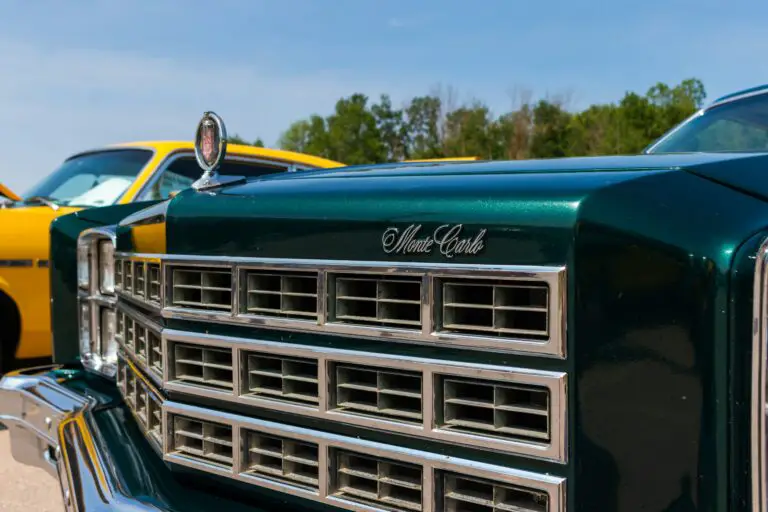No wonder why we’re seeing more cars on the road sporting that sleek, custom look that vinyl wraps provide.
When we consider changing our car’s aesthetic, one of the first questions that pops up is “How much vinyl to wrap a car?”
It depends on the size of the vehicle and the specific areas we want to cover. Whether we’ve got a compact car that could be dressed up with just a few vinyl rolls or a large SUV that requires more material, understanding the necessary amount is crucial.
Knowing how much vinyl we need helps us budget appropriately and ensures that we purchase enough material to cover the entire vehicle without falling short.
Plus, having a little extra can be a lifesaver for any touch-ups or corrections down the road.
If accuracy and style are what we’re after, learning how to calculate the right amount of vinyl is the first exciting step in our car wrapping journey.
Understanding Vinyl Car Wraps
When we talk about vinyl car wraps, we’re looking at a transformative layer that not only secures your precious ride’s finish but also offers a medium for full-fledged self-expression. Enthusiasts and professionals alike can achieve a personalized look that reflects their style or brand.

Types of Vinyl Wraps
The type of vinyl you choose can greatly affect the overall aesthetic and durability of your car wrap.
We see various types like gloss, satin, matte, and even textured finishes such as carbon fiber.
It’s also critical to choose the right thickness and adhesive strength to ensure optimal application and longevity.
Determining the Amount of Vinyl Needed
Calculating the amount of vinyl for a full wrap of your make and model can seem daunting, but it boils down to a few key factors.

Consider the size of the vehicle and the complexity of the design.
A standard small car would require between 50ft to 55ft of vinyl.
For a full wrap, a helpful formula is to multiply the length of the vehicle by three and then add extra for bumpers and potential mistakes.
Always err on the side of caution—purchasing more vinyl is less costly than coming up short.
Plus, the square foot requirement will invariably increase for detailed custom jobs or partial wraps that may integrate more intricate graphics.
When it comes to cost, prices fluctuate based on the type of wrap and your location but expect to invest a substantial amount to achieve that perfect finish.
The Wrapping Process
When we talk about transforming our car’s look with a vinyl wrap, we’re diving into a detailed process that not only revitalizes its appearance but also provides an extra layer of protection. Let’s unwrap the mystery behind this exciting technique, from preparation to aftercare.
Preparation and Installation
Meticulous preparation is crucial.
We clean every inch of the vehicle, ensuring it’s free from dirt, grease, and rust, which could cause air bubbles or adhesion issues. Proper labor is vital as we maneuver around curves and fenders. Installing vinyl wrap is like a paint job requiring precision; think of it as surgery for your car, where every cut and seal needs to be perfect.

- Cleaning:
Wipe down with a specialized cleaner - Drying:
Let it air dry completely in a dust-free environment, preferably a garage - Positioning:
Apply the vinyl, starting from the center and moving outward - Smoothing:
Use squeegees to remove air, ensuring smoothness
Maintenance and Care
With the right care, we can maintain that glossy or matte finish for years, almost like a new car cover every day.
Regularly wash the wrap with gentle soaps, avoid harsh chemicals, and keep it sheltered from salt or abrasives to protect it from scratches or getting chipped.
- Washing
Use a soft cloth or sponge and mild detergent - Protection
Consider a silicone or Teflon-based car cover for added paint protection

Common Installation Challenges
Bumper covers, complex graphics, and Temperamental chrome finishes can throw a spanner in the works. But with brands like 3M and a bit of patience, we’re ready to tackle those tricky bits and ensure your ride looks stunning without a trace of the old paint job peeking through.
- Edges
Extra care around door edges and trim - Temperature
Heat guns help vinyl conform to tricky spots - Air Release
High-quality vinyl has air release channels to prevent bubbles
FAQ
How much vinyl is used to wrap a car?
For example, you will need about 50 feet of vinyl to wrap your average car and up to 75 feet of vinyl to wrap a SUV. Here’s a ballpark idea of how much vinyl each vehicle type requires for a full wrap: Motorcycles and ATVs: 10 feet. Golf carts, small boats and smart cars: 30 feet.
How do I figure out how much vinyl I need to wrap my car?
Here’s a good way to help find out how much vinyl your vehicle will need: *length of your vehicle x 3 (for the two sides & the top of the vehicle from front to back) + extra for bumpers and mistakes (5′ to 15′ depending on complexity of car and your skill level). *Always round up to the closest roll size
Is it cheaper to paint or vinyl wrap?
Generally, paint jobs range between $3,000 and $10,000. In contrast, you can find a high-quality car wrap between $2,500 and $5,000. Since a good paint job can cost more than double the cost of a professional vehicle wrap, many companies with fleets choose them over paint.
Did you already wrap your car (Maybe with our guide)?
Let us know how you calculated it and if everything fitted well, whether its via Mail or in the Comments, till then see you next time when it says again…
…Let´s Ride!

